The Composite Order was developed in Rome and, as its name suggests, is the result of a composition of Ionic and Corinthian Orders. Notably, in the Composite column capital there is a combination of Ionic volutes and Corinthian acanthus leaves.

Image source:https://www.metmuseum.org/art/collection/search/337459
Composite Order
The Composite Order is a mixed Order, as the capital is the combination of the Ionic Order and the Corinthian Order. This Order is essentially treated as the former one except for the capital, with no consistent differences to that above or below the capital.
In many versions, there is generally some ornament placed centrally between the volutes. The column is ten diameters high.
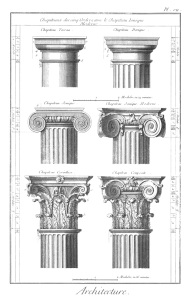
The Composite Order is not found in ancient Greek architecture, and until the Renaissance it was not ranked as a separate order. It was considered as an Imperial Roman form of the Corinthian Order. The Arch of Titus, in Rome, is sometimes cited as the first prominent surviving example of composite order, and was probably invented before Augustus’s reign, certainly before his death.
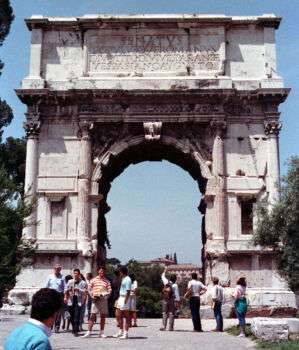
Image source: https://search.creativecommons.org/photos/587b723c-b141-4a06-b831-f37fcfa796b9 by isawnyu
Renaissance writers added it to make five classical orders. Sebastiano Serlio was the first one, in his book “I Sette Libri d’Architettura”, to mention it as an order of its own, instead of as an evolution of the Corinthian order.

Image source: https://search.creativecommons.org/photos/ea8cd27d-05d9-4c85-830c-a9c3b722bae1 by Pedro Nuno Caetano
Composite Style Features
This style has the following characteristics:
- Tall and slender columns (10 diameters high) that can outline column design or materials
- Capitals with acanthus leaves with big scrolls; its entablature shows an ostentatiously sculpted frieze and cornice
- The volutes of the Composite capital were adapted from Phoenician and Egyptian capital designs. They are large, and some ornament is generally placed between the volutes
- Entablatures are the tallest of all the orders (2 diameters high). From the bottom to the top, it presents the architrave, the frieze and the cornice.
- Composite decoration reflects a sense of triumph. It was used to represent victory, prestige, opulence and success;

Image source: https://it.m.wikipedia.org/wiki/File:Corinthian_capital1.jpg
Composite Order Later in History
Palazzo Madama, in Turin, is a large historic building, which owes its name to the resident widows of the 17th century Dukes of Savoy. Today it houses the Museum of Ancient Arts. Despite its name, it is a large collection of paintings, statues and church ornaments.
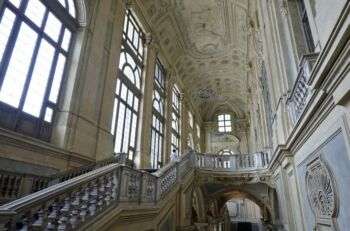
Image source: https://search.creativecommons.org/photos/860a08b9-081b-4064-bc0d-d7607b14475d by Prof. Mortel
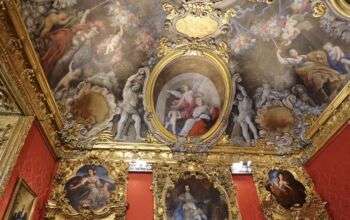
Image source: https://search.creativecommons.org/photos/7b4b72df-6bbd-4066-bbcc-6c7885864513 by Prof. Mortel
Another wonderful example is the facade of San Carlo alle Quattro Fontane. Borromini received the commission in 1634 from Cardinal Barberini. However, the building project suffered various financial difficulties, but it is one out of, at least, three churches in Rome dedicated to San Carlo.
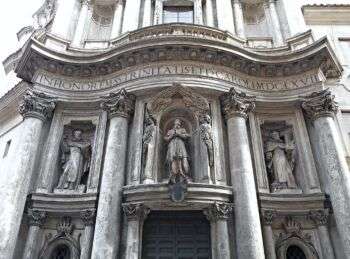
Image source:https://search.creativecommons.org/photos/cca96206-6499-419e-8d70-96e7d22e617d by Carlo Raso
The Lescot Wing in the courtyard of the Louvre palace (Paris, France) is the oldest part of the existing complex. Architect Pierre Lescot designed the wing. Strongly tinged with Italian Mannerism, it became a part of the Parisian Renaissance style.
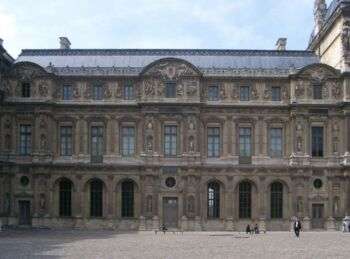
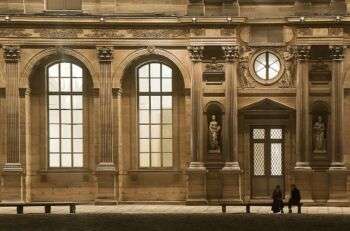
Images source: https://en.wikipedia.org/wiki/Lescot_Wing
Info source: https://www.classicist.org/articles/classical-comments-the-composite-order-an-overview/
